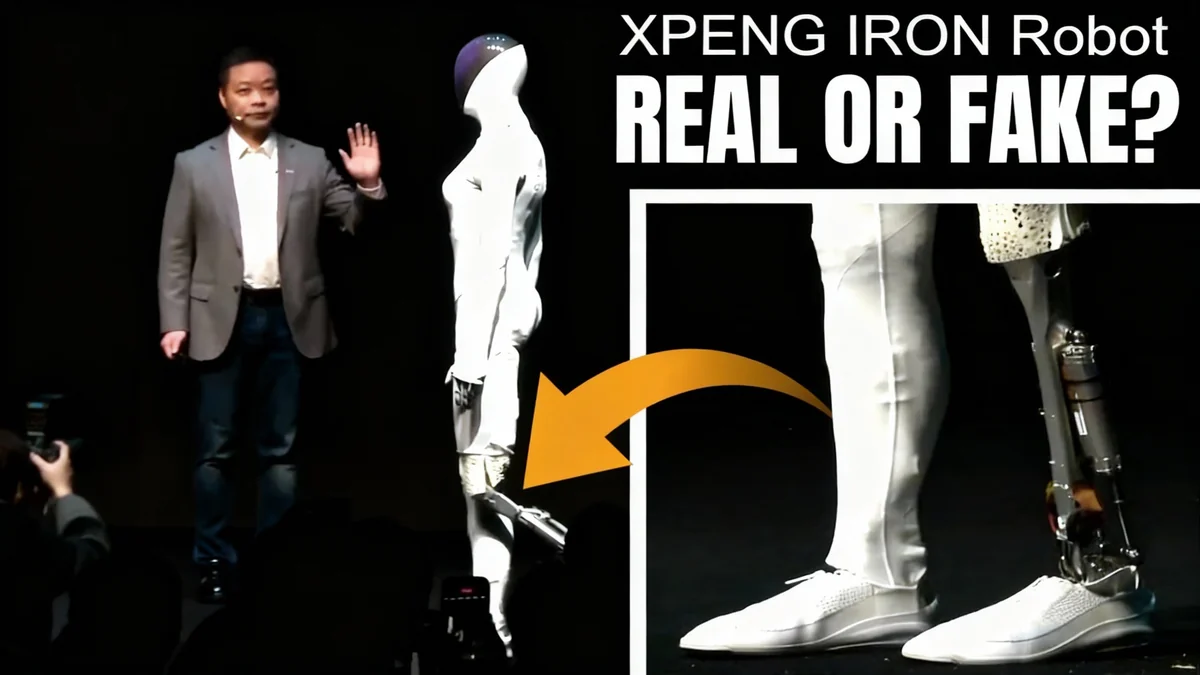Microsoft has integrated xAI's Grok 4 artificial intelligence model into its Azure AI Foundry platform. This collaboration makes one of the latest large language models available to enterprise customers, combining its advanced reasoning capabilities with Microsoft's established infrastructure for business safety and control.
Key Takeaways
- xAI's Grok 4 model is now accessible through Microsoft's Azure AI Foundry for enterprise use.
- The model features a large 128,000-token context window, allowing it to process extensive documents and codebases.
- Grok 4 includes native tool use and integrated web search for real-time, data-informed responses.
- Microsoft has implemented Azure AI Content Safety by default to provide an additional layer of protection for business applications.
Grok 4 Now Available on Azure AI Foundry
Microsoft and xAI have partnered to offer the Grok 4 model on the Azure AI Foundry, a platform designed for developing and deploying AI solutions. This move signals a new phase in AI adoption for businesses, where production readiness and trust are primary concerns.
The integration aims to provide businesses with access to a powerful reasoning engine within a secure and controlled cloud environment. According to Microsoft, the collaboration focused heavily on responsible design, ensuring the model meets enterprise standards.
Focus on Enterprise Safety
Before its release on Azure, Grok 4 underwent a series of safety tests and compliance checks conducted by teams from both xAI and Microsoft. A key feature for business clients is the default activation of Azure AI Content Safety, which adds a robust layer of filtering and protection against harmful or inappropriate outputs.
This approach addresses the growing demand from enterprises for AI tools that are not only powerful but also accountable and aligned with corporate governance policies. Detailed information about the model's safety evaluations is available in the official Foundry model card.
Core Capabilities of the Grok 4 Model
Grok models are developed using xAI's Colossus supercomputer, which the company states provided a significant increase in training scale over previous versions. The architecture of Grok 4 is distinct, with a strong emphasis on reinforcement learning (RL) and multi-agent systems to enhance its problem-solving abilities.
First-Principles Reasoning
A standout feature of Grok 4 is its capacity for first-principles reasoning. The model is designed to break down complex problems into fundamental steps, similar to how a scientist or detective might approach an issue. Instead of providing an immediate answer, it can internally process the logic to refine its conclusion.
This method has shown strong performance in subjects like advanced mathematics, science, and humanities. Early users report that it successfully navigates logic puzzles and nuanced questions where other models have struggled. This makes it particularly suitable for applications requiring transparent, step-by-step analysis, such as research, education, or complex troubleshooting.
"Put simply, Grok 4 doesn’t just recall information—it actively reasons through problems. This focus on logical consistency makes it especially attractive if your use case requires step-by-step answers," a Microsoft representative explained.
Expanded 128K Context Window
Grok 4 is equipped with a 128,000-token context window, one of the largest available. This allows it to process and recall information from massive amounts of text in a single instance. For businesses, this translates into several practical advantages:
- Document Analysis: Users can input hundreds of pages of legal contracts, financial reports, or technical manuals and ask the model to summarize key points, identify inconsistencies, or answer specific questions across the entire document.
- Research and Academia: Researchers can load entire journal articles or historical texts to perform comprehensive analysis without breaking the content into smaller pieces.
- Code Repositories: Developers can provide a large codebase and ask Grok 4 to identify bugs, trace function definitions, or understand the architecture of legacy systems.
xAI suggests the model uses a form of "smart memory," allowing it to intelligently prioritize critical information within long inputs. This reduces the need for manual data segmentation and context management by developers.
Real-Time Data Integration
Another key strength of Grok 4 is its ability to incorporate external data and current events into its responses. Through integrated web search, the model can retrieve and use real-time information, moving beyond its static training data.
This feature effectively turns the model into an autonomous research assistant. When asked a question about recent developments, it can search for the latest information online and synthesize an answer enriched with current data and sources.
While this capability is powerful, users are advised to verify critical information, as the model's output depends on the accuracy and bias of its online sources.
Performance and Benchmarks
Microsoft has highlighted Grok 4's strong performance on a range of industry-standard benchmarks. These tests measure capabilities in high-level reasoning, STEM disciplines, complex problem-solving, and tasks specific to various industries.
The benchmark results, calculated using Microsoft's internal Azure AI Foundry benchmarking service, position Grok 4 as a leading model for high-complexity tasks. This data helps enterprises evaluate its suitability for their specific needs compared to other available frontier models.
A Family of Grok Models on Azure
In addition to the flagship Grok 4 model, Microsoft has made several other specialized Grok versions available on Azure AI Foundry. Each is optimized for different tasks and performance requirements.
- Grok 4 Fast Reasoning: Optimized for tasks that require logical inference and complex decision-making, such as analytical applications.
- Grok 4 Fast Non-Reasoning: Designed for speed and efficiency in straightforward tasks like summarization or data classification, where deep logical processing is not needed.
- Grok Code Fast 1: A specialized model tailored for code generation, debugging, and other programming-related tasks across multiple languages.
This family of models provides developers with the flexibility to choose the most appropriate tool based on whether their priority is logical depth, operational speed, or coding assistance.
Pricing and Access for Developers
Microsoft has released a clear pricing structure for the Grok 4 model on Azure. The pricing includes the use of Azure AI Content Safety features.
Grok 4 Global Standard Pricing
- Input Tokens: $5.50 per 1 million tokens
- Output Tokens: $27.50 per 1 million tokens
Developers and businesses interested in exploring Grok 4 can access it by searching for "Grok" within the Azure AI portal at ai.azure.com. Microsoft encourages a responsible approach to deployment, advising users to pair Azure's built-in guardrails with their own domain-specific checks and to continuously monitor model outputs.





